When most people think of Volvo, the image that permeates their brain involves beige wagons for geography teachers. They make ugly wagons that are safe, bland and anything but exciting. If Volvos are made for going slow, then why do they have multiple touring-car championship wins? The answer is that Volvo can make a fast car when it wants to, and it has set out to change the world’s perception of the state of the Swedish automobile. Meet the Volvo C30.
Volvo’s first step in winning the hearts and minds of customers involves a styling overhaul. Gone are the “bricks” of Volvo past, replaced now with sleek lines and smoothed edges. The C30 has been designed to present itself as a unique and stylish alternative to the current market. The funky rear shaped glass and 18-inch rims add presence to our Ice White test car. To up the visual ante, our car is equipped with the R-Design package which adds a color matched full body kit with wider fenders as well as a larger rear spoiler.
The R-Design upgrades expand into the interior as well. The seats are done in two-tone leather called Off-Black/Calcite with contrast stitching and an R-Design logo embossed near the headrests. The center stack is rendered in a “floating waterfall” design with empty space behind the controls. This is a unique and interesting choice that really gives the interior striking design presence. Radiating out from that center stack is a concentric circle design on all the metal work that permeates the cabin. This pattern ties the many sections and trim pieces together in a cohesive way. The seats are comfortable, although a tad on the slim side, and provide good lateral bolstering. The two-tone leather looks great, but we still prefer cloth for its greater butt-holding abilities in the bends.
The many controls that make all of the C30s many gizmos and options function are all within easy reach, and the sheer number of redundant controls on the steering wheel makes operating most functions quick and easy. There is even a small joystick that is used to operate the functions of the navigation unit without taking your hands off the wheel. While the navigation unit may be easy to control, it is not the greatest to use. When activated the small screen motorizes out from the top of the dash and rests at a slight downwards angle. This angle makes looking at the unit feel awkward at times. The screen itself on the unit is of an acceptable quality, but it is far from class-leading. GPS lock is found quickly and routes are calculated with speed as well. Beyond the nav system, our car also came packed with the Premium Sound System with 10 speakers. The stereo provides volume to high levels with minimal distortion, and a well-defined sound stage. The system does seem to be set up for popular bass-heavy music, as tracks with lots of acoustic instruments or piano came across slightly muddy.
It may have two doors, but in an uncommon trend, this hot hatch features usable seating for four adults. The rear leg and head room is more than adequate for most adults, but space under the front seats for toes can be at a bit of a premium. All that passenger space does come at a price. Rear cargo space is not exactly enormous with 12.9 cu. ft. of space with the rear seats up. If you need the extra space, the rear seats do fold, but that will only increase capacity to 20.2 cu. ft. For comparison, a base MINI Cooper has 24 cu. ft. of space with the rear seats folded.
Once you have planted yourself in that leather throne, turn the key, and you will be greeted with a sound that is not befitting a Volvo. It is deep; it rumbles and it feels almost vulgar in a car this cleanly designed. In short, it is a good noise. Slot the quick shifting, if mildly numb, six-speed manual box into first and hold on as 250 horsepower try to devour the front tires. This may be a Volvo, but keen eyes will notice a small blue badge on the rear of the vehicle. That badge says Polestar, which just happens to be the company that builds Volvo’s race cars, and that means this car is more special than the rest. The Polestar package consists of an ECU flash from the race car builders that ups the power from the turbo 5-cylinder to 250 hp and 273 lb. ft. of torque. That represents an increase of 23 and 35 respectively. The price of all this go-faster voodoo is rather modest $1,295. While the aftermarket could bump power by a much higher level for that amount of change, Volvo claims this modification will not affect the 21 city/29 hwy mpg ratings, plus it comes backed by the Volvo factory warranty. The C30 has more performance pieces hidden under its sheet metal beyond the Polestar badge. The R-design package also features a steering rack that is 10-percent quicker and springs that are 30-percent stiffer.
All of this performance adds up to make a car that will greatly exceed your expectations, both in speed and comfort. Despite having 250 ponies pounding the front wheels, torque steer is nearly non-existent. Instead you are propelled forward with a force that suggests this car is powered by than 5-cylinders. While 0-60 numbers hover around 6.0+ seconds, the car feels much faster than that statistic suggests. The ride quality is also commendable. While it is a bit on the stiff side over rough pavement, its quiet interior and great cabin ergonomics make for an overall pleasant commute experience. The light clutch even makes stop-and-go traffic a simple task. While it may be quick and comfortable, there is one performance area where the C30 falls down, braking. The brakes on the C30 can prove to be plain scary when coming down from speed. While fade was not an issue, the front end of the car feels very twitchy and uncomposed when the stoppers are applied. Compound this with any surface that is less than track smooth, and confidence is thrown out the window quicker than the Titanic took on water. For a car that does everything else so well, this is unacceptable.
If you do ever find yourself in a shiny-side-down situation you can expect to make it out in one piece. This may be a three-door rocket, but it is still a Volvo, and all of the requisite safety features are present and accounted for. From its advanced structure construction, multiple airbags and non-defeatable (Really, Volvo?) traction and stability control systems, the C30 has all the safety boxes checked. For a bit of extra cash, there is also an available blind-spot monitoring system.
Volvo has managed to create a small entertaining car that is a far cry from the safety bricks it has been associated with for years. It possess many issues, not the least of which is the $35,000+ price tag that model like our tester would cost. It has ride that borders on too rough, seats that are slightly too small, a lack of interior cargo space and brakes that make the car feel nearly unsafe, but beyond all that, we adore this car. Thanks to its flaws, it has a unique and special feeling. It is a wild departure from the current notion of what a Volvo should be, and it is a very capable little runaround. If you can stomach the price (and brakes), you can have a 150 mph hatch that looks better than your boss’ designer suit. Sounds like a good choice to us.
Photos Copyright Christian Moe © 2012

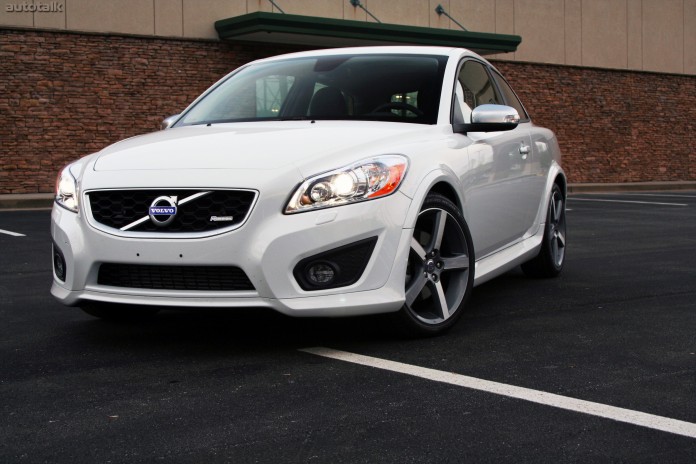



















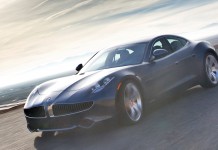
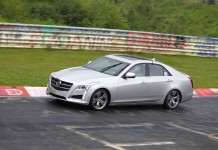

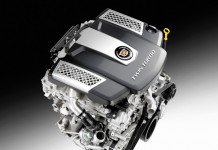

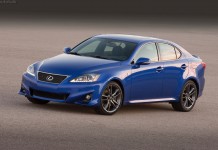

[…] google_ad_client = "pub-4639773369893973"; google_ad_channel = ""; google_ad_width = 336; google_ad_height = 280; google_ad_format = "336x280_as"; google_ad_type = "text"; google_color_border = "FFFFFF"; google_color_bg = "FFFFFF"; google_color_link = "0000FF"; google_color_text = "999999"; google_color_url = "191919"; 2012 Volvo C30 Review If Volvos are made for going slow, then why do they have multiple touring-car championship wins? The answer is that Volvo can make a fast car when it wants to, and it has set out to change the world's perception of the state of the Swedish automobile. Read more on AutoTalk […]
[…] Know better? Leave your own answer in the comments! 2012 Volvo C30 Review When most people think of Volvo, the image that permeates their brain involves beige wagons for geography teachers. They make ugly wagons that are safe, bland and anything but exciting. If Volvos are made for going slow, then why do they have multiple … Read more on AutoTalk […]